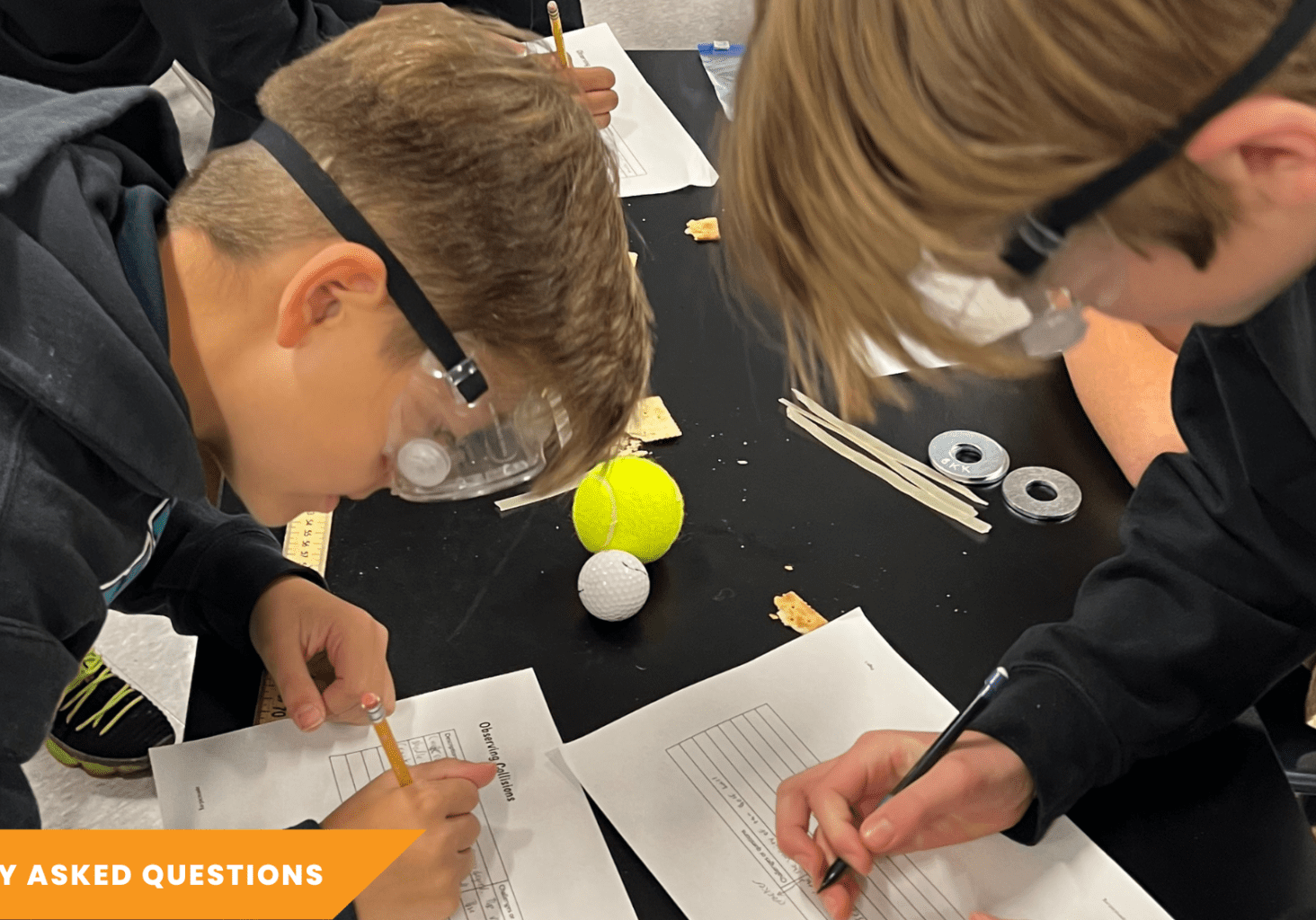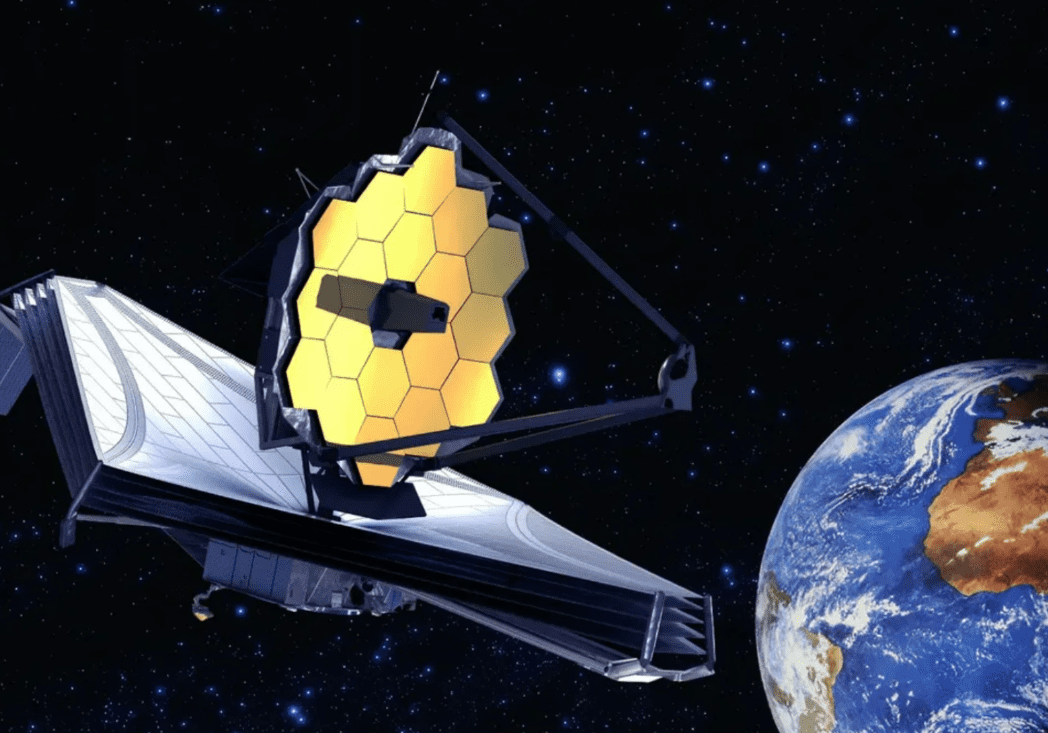
Investigating Earth Systems
Designed to lead middle-school students through a complete and thought-provoking exploration of Earth’s systems and how they are all connected. Understanding that the Earth is a dynamic system and that it affects living things engages students and makes the content more relevant.
Available as a package or for individual purchase
E-Book
Kits
Professional Learning
Project-Based
Inquiry Approach
Investigating Earth Systems is an Inquiry-Based Earth Science Program.
Students Learn Like Scientists and Engineers
Students use science practices to develop and use models, plan and carry out investigations, analyze data, and construct explanations.
Total Support
for Teachers
In person and online teacher support, educational webinars, lesson modeling, and much more is provided by our Professional Learning Team.
Need more info to decide if this the right curriculum for your district or school?
Curriculum Details
Students learn how to use science practices, to develop and use models, plan and carry out investigations, analyze data, and construct explanations, as described in A Framework for K-12 Science Education.
Curriculum Written by Geoscience Experts
We all turn to experts when we want the right advice, and in Earth science, those experts are the 250,000 geoscientists at the American Geological Institute (AGI).
Investigating Earth Systems was developed by the Education Department of AGI, with support from the National Science Foundation and AGI Foundation.
Developed for ALL Students
Investigating Earth Systems can be tailored to meet the needs of all students. A pre-assessment for each unit targets the major concepts and understandings. Strengths and weaknesses in students’ understandings, their misconceptions, as well as their abilities to communicate that understanding to others can be evaluated and used to guide instruction.
Students learn more than just where their electricity and heat come from. Investigating Energy Resources develops students’ observation, recording, collaborating, and problem-solving skills. Students investigate sources for energy, such as solar, wind, hydropower, coal, oil, and natural gas. Through a series of inquiries, students investigate how these energy resources are converted into electricity. They also discover how fossil fuels are formed and found. Most significantly, students learn the importance of energy conservation and alternate ways to use renewable sources of energy.
About The Authors
Select an author to learn more about their contributions to the fields of physical science, geology, Earth system sciences, and science education.



